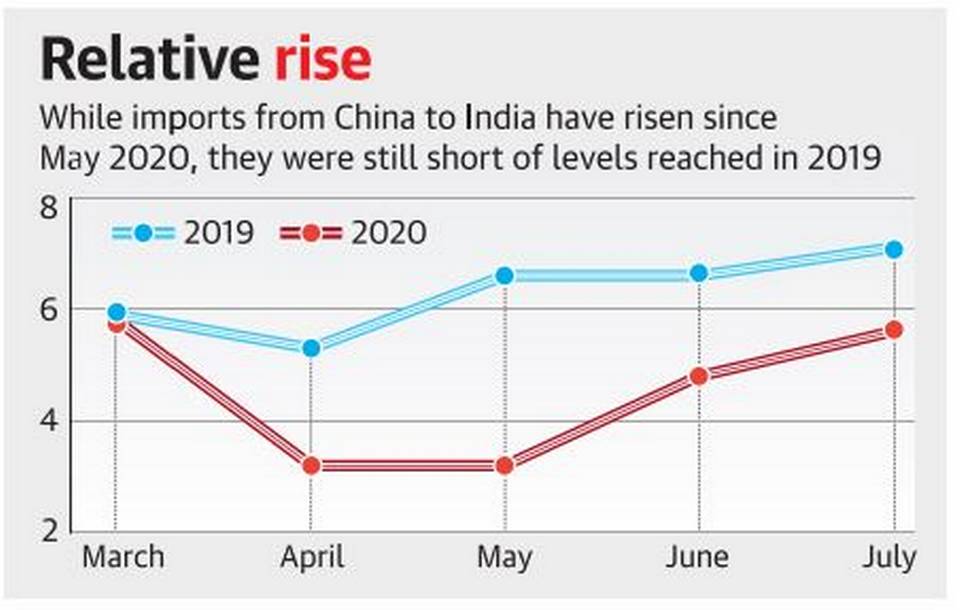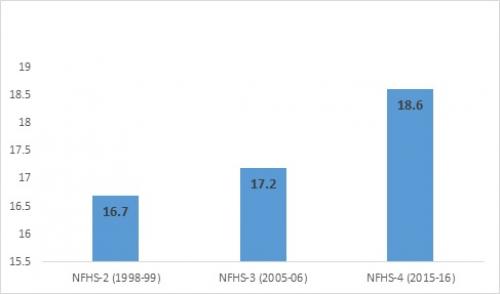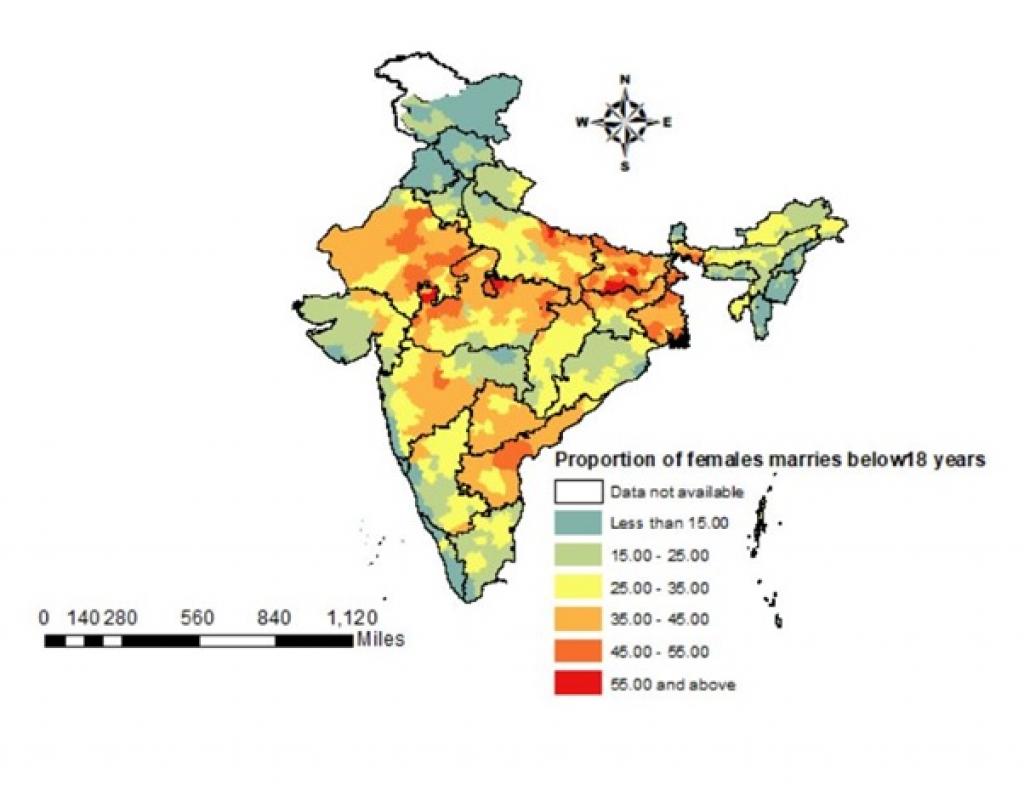Contents
- Kamath committee by RBI
- Imports from China rise in June and July
- No compensation for loss of love in accident
- Age at marriage in India: Complexities
- CWH notification: On Wildlife habitats
KAMATH COMMITTEE BY RBI
Focus: GS-III Indian Economy
Why in news?
- The Reserve Bank of India (RBI) constituted the proposed expert committee under the chairmanship of veteran banker K.V. Kamath to make recommendations on norms for the resolution of COVID-19 related stressed loans.
- The panel has proposed an elaborate calculation criterion based on which the RBI will prepare the final guidelines.
Kamath report
- In its report, the five-member panel led by K.V. Kamath identified five financial parameters to gauge the health of sectors facing difficulties.
- These include total outside liabilities to adjusted tangible net worth, total debt to earnings before interest, taxes, depreciation, and amortization (Ebitda), debt service coverage ratio (DSCR), current ratio and average debt service coverage ratio (ADSCR).
- RBI has allowed greater leeway to the real estate sector with the highest debt to Ebitda ratio permissible among the 26 sectors it has identified.
- (The debt to Ebitda ratio indicates how well a company can service its loans and other liabilities, with a lower ratio implying better capability.)
Details
- While the ratio has been kept at less than or equal to nine for residential real estate, it has been pegged at less than or equal to 12 for commercial real estate.
- This gives the sector more headroom in terms of financial performance and the projections thereof.
- However, other ratios such as adjusted tangible net worth, current ratio and debt service coverage ratio have also been specified for the realty sector, which are more or less on a par with other industries.
- RBI said in a circular accompanying the recommendations that banks are expected to comply with adjusted tangible net worth agreed as per the resolution plan at the time of implementation itself.
-Source: Hindustan Times, The Hindu
IMPORTS FROM CHINA RISE IN JUNE AND JULY
Focus: GS-III Indian Economy
Why in news?
India’s imports from China have risen to $ 5.6 billion in July, climbing for the second straight month, although imports are still down by 24% from 2019.
Details
- India’s imports from China, its largest trading partner in goods, had fallen to a record low of $ 3.2 billion both in the months of April and May, coinciding with India’s lockdown on account of the pandemic.
- After seven months of 2020, India’s imports from China reached $32.2 billion, down by 24.7%year-on-year, largely because of the record slump in April and May.
- Two-way trade is $43.37 billion and continues to be heavily tilted in China’s favour, with India’s exports, which are up 6.7% year-on-year, accounting for $11 billion.
- The slump in China’s exports to India contrasts with its recovery overall.

-Source: The Hindu
NO COMPENSATION FOR LOSS OF LOVE IN ACCIDENT
Focus: GS-II Governance
Why in news?
In a relief to insurance companies, the Supreme Court ruled that Motor Accident Claims Tribunals or high courts cannot grant compensation to the kin of the deceased for ‘loss of love and affection’ once it has awarded money under the head of ‘loss of consortium’.
Details
- While rejecting the pleas of insurance companies that compensation could not be additionally awarded under ‘loss of consortium’ head, the Supreme Court bench said since ‘loss of love and affection’ was included in ‘loss of consortium’, there was no justification to award compensation for ‘loss of love and affection’ under a separate head.
- Consortium is to be taken as a compendious term, which encompasses spousal consortium, parental consortium as well as filial consortium.
-Source: Times of India
AGE AT MARRIAGE IN INDIA: COMPLEXITIES
Focus: GS-II Social Justice, Governance
Introduction
- The Convention on the Elimination of all Forms of Discrimination against Women (CEDAW) recognises the right to protection from child marriage in Article 16 of the United Nations General Assembly (UNGA).
- Explicit linkages — relating child marriage to other rights, including the right to freely express views, protection from all forms of abuse and detrimental traditional practices — were established, even though there is no direct mention of marriage in CEDAW.
The Situation of Child Marriage
- One in three girls in low- and middle-income countries — barring China — were married before the age of 18, according to the UN Children’s Fund (UNICEF) in 2012.
- India is the home to largest number of child brides, according to the UN Population Fund in 2012.
- Nearly 27 per cent women aged 20-24 years were married before attaining 18 years of age.
- The prevalence of female child marriage, however, declined by 20 per cent in the past 10 years, according to a study in 2017.
- While age at marriage rose slowly, largely through declines in child marriages, the median age at marriage remained below 20 years.
- The average age of marriage in India increased at a snail’s pace, with the major hurdles being socio-cultural constraints.

Understanding the Reasons
- Some of the main contributory factors for adolescent marriage and teenage pregnancies were deep-rooted patriarchal socio-cultural practices, control over women’s sexuality, poor socio-economic conditions, low literacy rates and lack of awareness of family planning methods.
- The average age of marriage in India is rising at a very slow pace because of socio-cultural constraints which include the strong cultural stresses on the importance of female chastity that induced parents to arrange a daughter’s marriage at an early age to avoid potential situations that can challenge these so-called merits.
How do India’s states fare in Child marriage cases?

- There was sufficient evidence to believe there were significant variations in the prevalence of child marriage even within Indian states.
- In a state with an overall high rate of child marriage, it is thus probable that certain districts would have a lower prevalence of child marriage.
- This was due to specific cultural, social or administrative characteristics that made these districts stand out from the rest of the state.
- The proportion of females getting married before 18 years was greater towards the northern region, including Bihar, Chhattisgarh, Madhya Pradesh, parts of Maharashtra and Uttar Pradesh.
- States like Kerala, parts of Gujarat, Punjab and Tamil Nadu — including the Union territory of Jammu and Kashmir — had a considerably lower proportion of females marrying below 18 years.
- The coastal areas and the eastern tribal districts of Maharashtra reflected a better condition in this regard, compared to the central part.
Education and marriage: Why is the relationship important?
- Education plays a momentous role in women’s lives as it decides the timing of life events.
- In south Asian societies — where women have to customarily choose between education and other life opportunities — getting married mostly means dropping out of school, according to the UNGA’s 2014 report.
- Estimates showed each additional year of delay in the age of marriage increased schooling by more than 2 and a half months.
- In the context of public health, education was best understood as an extensive element of maternal capital: A form of corporal niche to which each child was exposed to, during the start of life, according to two studies.
- If less education was, thus, a ‘consequence’ of maternal low-age at marriage, this cycle of detriment may be bolstered through lower schooling and under-age marriage of daughters.
Does increasing age suffice?
- It is, thus, important to understand that merely increasing age at marriage by legal provision may not suffice.
- There is a need to escort this change with concomitant policies pertaining to education of girls.
- As girls start pursuing higher education, marriage is pushed further, automatically increasing the age at marriage.
- Hence, it can be understood that the real need for now is to accord importance to education of girls, as merely increasing age at marriage may not suffice or produce desirable outcomes.
Health and autonomy
- Lack of education and under-age marriage — when combined — were major contributors to lack of control for women at the individual level throughout their life-cycles.
- Domestic violence — spousal violence in particular — was yet another facet of low empowerment pertaining to young women’s inability to resist and repudiate.
- Women married under-age were more likely to experience physical or sexual violence than their counterparts who were married after attaining 18 years, according to a 2016 study.
- Low autonomy was reflected in the high prevalence of spousal violence across states and a low ownership of land and bank accounts.
- The negative implications on health were reflected from the substantially high prevalence of anaemia among women who were married and were now 18 years or younger.
Child marriage and women’s health
- Prior research suggested early marriage and adolescent pregnancy led to the depletion of body mass and iron deficiency of women.
- It was also established that children born to women married early were more likely to have childhood anaemia, compared to those born to women married during later ages.
- States like Bihar, Jharkhand, Uttar Pradesh and West Bengal had considerably greater proportions of women under 18 suffering from anaemia.
- It was noteworthy that these were the states with lowest age at marriage and high rates of child malnutrition.
Conclusion
- Marriage is not just a cultural practice suggestive of women’s status in society, but is also linked to multiple biological, ecological, and geographical factors, each of which is crucial for public health.
- Marriage is the ‘gateway’ to multiple health consequences associated with the timing of child-birth.
Age at marriage: The way forward
- Laws alone cannot end child marriage and change marriage pattern either.
- In places where child marriage persisted, the ill-effects of such marriages were usually well accepted by policymakers, community leaders and parents.
- But prohibitions themselves were not always sufficient because child marriage was typically the result of a lack of choices, and hence, families and communities also wanted substitutions.
- So, gender equality — in terms of availability, accessibility and utilisation of basic provisions and rights — must be ensured in curbing low age at marriage.
- An intensely rooted traditional practice can, thus, only be addressed through awareness generation and with stronger policy frameworks.
- For improving nuptial bottlenecks in India, we need economic empowerment, social and intellectual empowerment and stronger implementation of laws in the community.
-Source: Down to Earth
CWH NOTIFICATION: ON WILDLIFE HABITATS
Focus: GS-III Environment and Ecology
Why in news?
A report found that the process of notifying critical wildlife habitats (CWH) in Maharashtra contained several violations of the Forest Rights Act (FRA), 2006.
Procedural lapses
- Almost 15 years after the introduction of FRA, the process of notifying a CWH was initiated only in Maharashtra in 54 of the state’s 55 PAs.
- The process of notification started in Maharashtra without settling rights first — a stipulation under the FRA — the report found.
- This would, thus, result in the overlapping of the PAs with community forest rights (CFR), according to the report.
Critical Wildlife Habitats (CWHs)
- The Critical Wildlife Habitats have been envisaged in Scheduled Tribes and Other Traditional Forest Dwellers (Recognition of Forest Rights) Act, 2006.
- This act defines the Critical Wildlife Habitats (CWH) as the “areas of national parks and sanctuaries where it has been specifically and clearly established, case by case, on the basis of scientific and objective criteria, that such areas are required to be kept as inviolate for the purposes of wildlife conservation.”
- The above definition makes it very clear that the Critical Wildlife Habitats are absolutely free of human presence. But the same act duly recognizes the traditional rights of the Forest dwellers.
How CWHs are designated?
- The power to notify the rules to designate a CWH rests with Ministry of Environment and Forests.
- The State Government are needed to initiate the process for notification of a critical wildlife habitat by submitting an application on a case by case basis, to the Ministry of Environment and Forests, which is the nodal agency under the said Act.
- Critical Wildlife Habitats are thus, declared by Central Government ONLY.
CWH and Rights of Forest Dwellers
- The rights of the forest dwellers is a key issue related to the Critical Wildlife Habitats, mainly because they are envisaged as totally inviolate areas.
- Before a critical wildlife area is notified, not only do the rights of the tribals and forest dwellers have to be settled, but also scientific evidence has to be provided to establish that people’s presence would adversely impact the wildlife in area.
- The free informed consent of the Gram Sabha must be given before any relocation of the forest dwellers is carried out.
Recognition of Forest Rights Act, 2006
The Scheduled Tribes and Other Traditional Forest Dwellers (Recognition of Forest Rights) Act, 2006, (also known as Forest Rights Act) concerns the rights of forest-dwelling communities to land and other resources, denied to them over decades as a result of the continuance of colonial forest laws in India.
The rights which are included in the act can be summarized as:
- Title rights – i.e., ownership – to land that is being farmed by tribals or forest dwellers as on 13 December 2005, subject to a maximum of 4 hectares; ownership is only for land that is actually being cultivated by the concerned family as on that date, meaning that no new lands are granted.
- Use rights – to minor forest produce (also including ownership), to grazing areas, to pastoralist routes, etc.
- Relief and development rights – to rehabilitation in case of illegal eviction or forced displacement; and to basic amenities, subject to restrictions for forest protection.
- Forest management rights – to protect forests and wildlife.
-Source: Down to Earth



